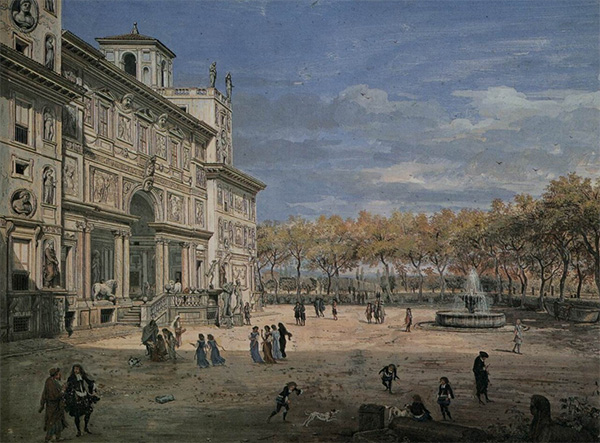An old technique from prehistoric civilizations, tempera painting has seen a comeback in the art world lately. The complex methods and long history of this medium—which is renowned for using egg yolk as a pigment binding agent—are being discovered by artists. Tempera is a classic option for painters looking to go to the limits of artistic expression because of its longevity and brilliant brilliance.
The Origins and History of Tempera Painting
Respected art form tempera painting, which has origins in ancient civilizations, is seeing a modern rebirth. The complex methods and long history of this medium—which is distinguished by the use of egg yolk as a pigment binding agent—are being discovered by artists. Temperament paintings have always enthralled art lovers, and they are a classic and adaptable medium for both modern and traditional artists looking to push the boundaries of creative expression.
The Decline and Revival of Tempera Painting
Tempera painting suffered a downturn when oil painting became more popular during the Renaissance because of its more adaptable cousin. But tempera has become much more popular lately as artists want to rediscover old techniques and discover its special qualities. Tempera painting is back to its origins in creative expression, and its ageless appeal and beauty are highlighted by its resurgence. This renewed interest in tempera is also inspiring educational workshops and exhibits that focus on teaching these traditional methods to new generations of artists, thereby ensuring that the knowledge and skills associated with tempera painting continue to thrive. Artists are drawn to the unique challenges and rewards of working with tempera, using it to connect with artistic traditions while expressing contemporary themes. The revival of tempera painting not only enriches the artistic landscape but also bridges the past with the present, allowing for a re-examination of historical values and techniques in a modern context.
Modern Applications and Innovations in Tempera Painting
Through creative applications and methods, modern artists are giving tempera painting new vitality. They are pushing the envelope of conventional tempera to produce engrossing works that appeal to audiences of today by experimenting with other media and integrating contemporary techniques. Combining historical techniques with contemporary sensibilities not only revitalizes this age-old art form but also demonstrates tempera painting’s continuing value and flexibility in the always changing art industry.
Techniques and Tips for Mastering Tempera Painting
Artists that want to become experts in tempera painting need to carefully consider both the material preparation and application procedures. To get the right brightness and depth in tempera paintings, one must use fine brushes and learn how to mix pigment and binder just so. Artists may also produce delicate details and a degree of accuracy that characterizes this ancient painting style by learning about the special drying qualities of tempera and honing layering methods.
Finally, a deep respect for the ageless methods and eternal beauty of this old medium is shown in the revival of tempera painting in modern art. Tempera’s brilliant quality and minute details never fail to enthrall viewers as artists reinterpret and improve upon old techniques. Temperament is being pushed by artists who are demonstrating its versatility and relevance in the always changing art world by fusing classic techniques with contemporary sensibilities.
Photo Attribution:
1st & featured image by https://commons.wikimedia.org/wiki/Category:Tempera#/media/File:13th-century_whale_art_detail,_from-_A_Fisherman_on_the_Back_of_a_Whale_-_Google_Art_Project_(cropped).jpg

